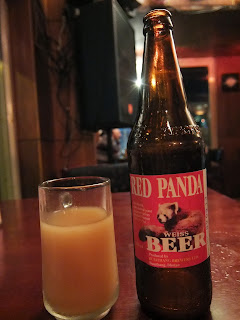Foreign countries, safe places
This post remained as a draft from June 2008 when I spent a month in Uppsala, at the library of the Nordic Africa Institute writing my Master's thesis in African Studies. I published this post finally in August 2022, only editing the title (which was originally "Nostalgia") and the last paragraph somewhat. I haven't felt the urge to write for some days now, because that is what I mostly do during all my days at the Institute. I go there around ten in the morning and return around 8-9-10 in the evening. Also on weekends, although I tend to take them a bit lighter. I had forgotten already how it feels like to be in a foreign ( Sweden counts as one, in the end) country alone for the first few days, missing people and wanting to be somewhere else. At the same time there are so many things to explore and so many people to meet, but in the beginning the fatigue and – perhaps even in Sweden – adjusting to the culture takes time. The funniest thing is that besides home co...





